Keep Restaurant Equipment Safe: Proper Use of a Breading Station
May 7, 2018Keeping food safe and sanitary is vital for any restaurant.
A lot foodborne illness isn’t the result of the food itself, but rather a misuse of restaurant equipment that causes contamination.
A breading station is a piece of equipment that has a lot of opportunity for cross-contamination, since raw meat is used in it regularly. Make sure your policies and procedures reflect up-to-date safety standards and are strictly enforced.
What Foodborne Illness Can Do to Your Restaurant.
Your restaurant cannot afford to be known as the site of an illness outbreak due to carelessness. If negligence can be proved, you can be found liable for the sick person’s missed work, medical costs, and even long-term health.
There will be a lot financial consequences beyond the illness as well. You could be subject to regulator’s fines, increased insurance premiums, and may have to retrain your staff or close your restaurant temporarily.
In addition, you’ll suffer terrible bad press that can impact earnings for months or even years. In fact, being known as the source of foodborne illness due to misuse of restaurant equipment can cause your business to fail completely.
Foodborne illness can also affect your employees. If a staff member gets sick due to poor food hygiene, you’ll have to replace their hours and help others cover their work. You may even have to handle a worker’s compensation claim.
Avoid all of these by posting and enforcing food safety rules!
Breading Station Safety
In a commercial kitchen, your fryer can include a breading station right in front of the basket. This type of restaurant equipment helps ensure safety by minimizing the transport of raw meat, as well as keeping meat off of counters.
The breading station should be a removable bowl or basin. The breading mix, perhaps flour and seasonings, is placed in the basin. From there your cooks add the food and deposit it straight into the fry basket.
The first things that all fry cooks should know is to never mix meats in the same breading bowl, and to never follow meat with a vegetable. The breading basin should be replaced or dumped out and thoroughly washed before a new product is breaded.
Between batches of the same meat or vegetable, the breading mix must be kept colder than 41 degrees F. However, breading mix should never be kept overnight.
To help enforce these policies, remind your staff that it’s for their safety as well as the safety of the guests. It really does matter if you leave the flour out “just a few minutes” – anyone can get distracted. The kitchen manager should also make sure restaurant equipment and breading basins are clean and available so no one is caught short.
Get the Right Restaurant Equipment For Your Kitchen
At Tipton Equipment, we want to make it easy for you to find all the pieces your kitchen needs. We offer a wide variety of restaurant equipment, from grills to fryers to breading stations and more.
We’d love to help you outfit your restaurant with the best equipment available. Contact us today and let us know your needs!
Cooking Equipment Spotlight: The Right Knife for the Job
Not everyone who’s involved in a commercial kitchen has had professional training as a chef. As a result, not everyone is aware of how to choose the best cooking equipment for each job. Having the right knife is one of the most vital choices you can make during food...
Cooking Equipment Spotlight: Choosing the Right Fryer
Choosing the right fryer may seem straightforward. After all, you just need something to hold oil and keep it hot so you can cook some things, right? Not quite. You have a lot of choices, which helps you choose the cooking equipment that’s perfect for your...
Keep Your Foodservice Equipment Coolers Clean & Functional
Whether you run a convenience store or a restaurant, you need safe storage for food that must be refrigerated. Commercial coolers are the foodservice equipment you need – but it’s important to keep them in good shape. Otherwise, your investment won’t give you the...
Keep Pests Out of Your Commercial Kitchen
Having pests in your kitchen is already a nightmare, but if health inspectors find them it gets even worse. Keep your guests safe and your restaurant operating safely. Your commercial kitchen is automatically a target of a variety of bugs and other pests. It has...
Restaurant Supplies: Make a Great Impression With the Right Dinnerware
When customers sit down in your restaurant, what’s one of the first things they see? Yes, the décor, hostess, and more. But there’s something else that matters a great deal – but is often overlooked. It’s the silverware and tableware! People will judge your...
The Best Kitchen Equipment for a New Graduate
If you’re like many people, you know a young adult who will be setting up their own place for the first time this summer. It’s an exciting time, but very nerve-wracking. It’s amazing how quickly the costs add up as you outfit an apartment – especially in the kitchen!...
Outside the Commercial Kitchen: Food Safety While Catering
Many restaurants and other eating establishments like to provide catering for special events. Catering a huge business, worth over $53 billion per year. Catering allows your restaurant to reach customers who might never set foot in your establishment otherwise. It’s...
Help Your Commercial Kitchen Run Smoothly With Proper Leadership
We focus a lot on how having the right equipment can keep your commercial kitchen moving quickly and efficiently. However, it’s not just the equipment that makes the difference in your restaurant’s success. Having proper leadership in your commercial kitchen – and...
3 Times Used Kitchen Equipment is As Good As New
Are you nervous about buying used kitchen equipment? It’s understandable. After all, restaurants are subject to a lot of regulations, and if something goes wrong you could lose your business. However, there are many times that used kitchen equipment makes perfect...
Kitchen Equipment You Need: Wellness Mats
When it comes to serving customers, you leave no stone unturned. You choose the best kitchen equipment, test your recipes, buy the best ingredients, and hire excellent staff. Unfortunately, there’s something that even the savviest restaurant owner often forgets –...
Is Your Kitchen Equipment Ready for National Hamburger Month?
Restaurants can always use a fun and playful way to bring in new customers. Did you know that May is National Hamburger Month? Why not use that fact as an entertaining way to bring in new customers? You can offer a special promotion on a hamburger, or feature other...
Understanding Restaurant Equipment: A Variety of Fryers
You may think of a fryer as a simple machine with a basket and hot oil. If you do, you don’t quite understand this restaurant equipment. You’re missing out on the enormous range of different fryers available! The truth is there are four very different types of...
Why a Frozen Drink Machine is Vital Foodservice Equipment for Your Store
It’s starting to get hot out there, and as summer approaches you should be thinking about how to promote your cold food and drink offerings. Each store will have different foodservice equipment, but if you don’t have a frozen drink machine, you should seriously...
How to Increase Sales From Your Cold Case
As we move into May, it’s time to start thinking about ramping up your summer sales. One of the key focuses can be the cold case in your store. This piece of foodservice equipment can really boost your bottom line. A cold case gives you an opportunity to display...
5 Keys to Creating the Perfect Restaurant Seating Areas
Restaurants are about so much more than just food. From the setting and layout of your restaurant to your choice of colors, it takes a lot more than an appealing menu to keep diners coming back for more. When setting up your restaurant, booths and chairs are important...

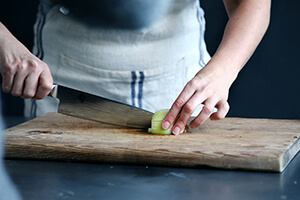
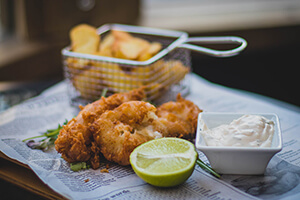
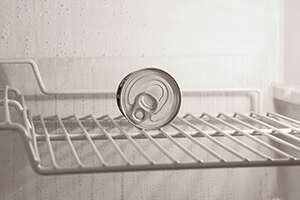
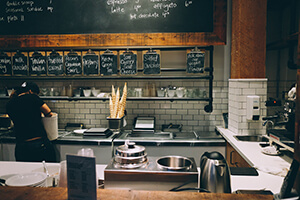



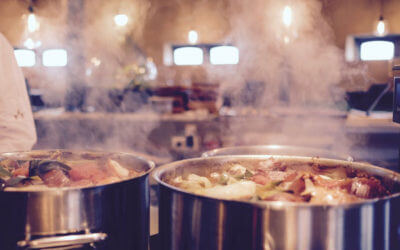
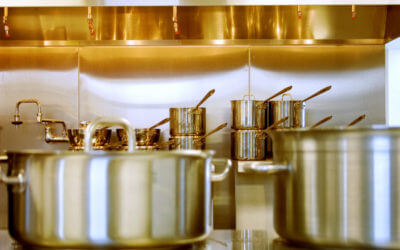
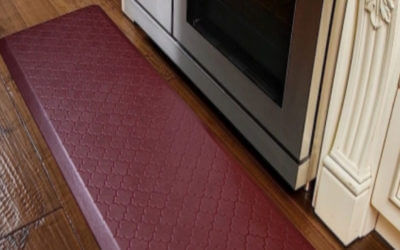

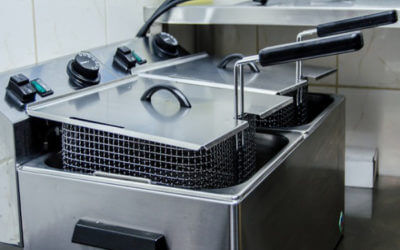



I applaud the writer for shedding light on this topic and emphasizing the significance of keeping restaurant equipment safe. Found the tip to never mix meats in the same breading bowl, and to never follow meat with a vegetable in order to avoid cross-contamination quite useful. In conclusion, mastering the art of breading goes beyond creating mouthwatering dishes; it involves a deep commitment to safety and best practices.